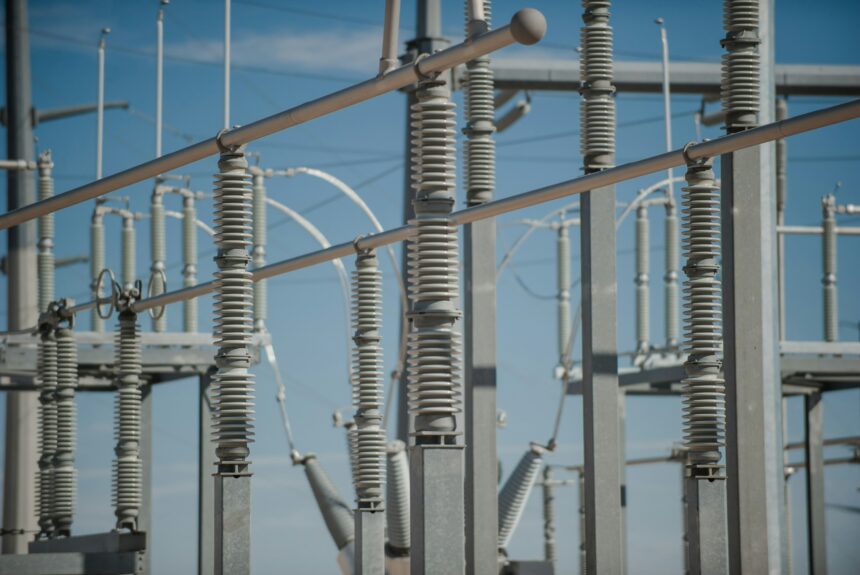The International Energy Agency (IEA) recently released a report forecasting the future of electricity. Electricity 2024: Analysis and forecast to 2026 offers a “deep and comprehensive analysis of recent policies and market developments, and provides forecasts through 2026 for electricity demand, supply, and CO2 emissions.”
Here are a few key predictions from IEA:
Nuclear Generation Reaches a Record High
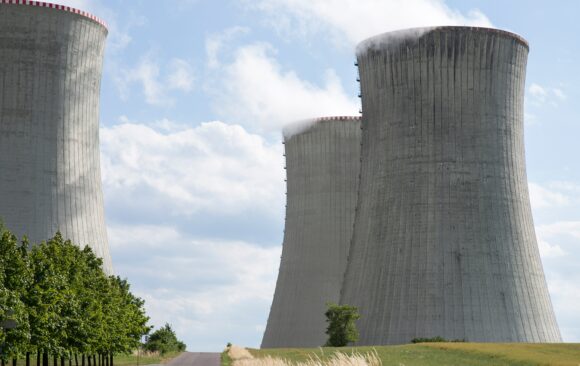
The IEA projects that 29 GW will come online between 2024 and 2026, setting record highs for global nuclear generation. To put that in perspective, 29 GW could power more than 25 million homes for one year. China and India are expected to be where the most nuclear power comes online in the coming years.
>>>READ: Here are the Leading Renewable Energy States
The World Nuclear Association estimated that, as of November 2023, 370 gigawatts (GW) of global nuclear power capacity was operational with an additional 68 GW under construction, 109 GW planned, and 353 GW proposed. While promising, there are currently no new nuclear power plants under construction in the United States or Canada. However, American companies like Westinghouse and NuScale have had remarkable success in exporting their technology to Poland, Romania, and other countries in Europe.
Electric Sector Emissions Expected to Rapidly Fall
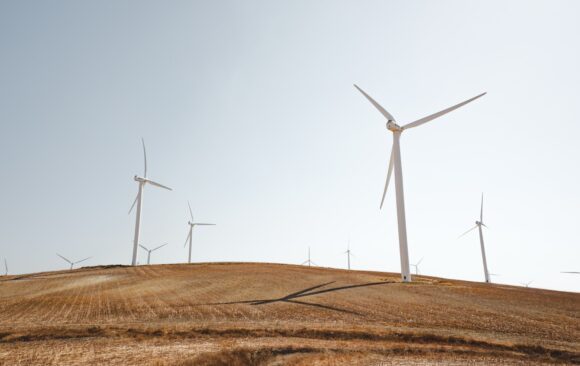
The IEA projects a reduction in the carbon emissions created by electrical generation. “Global emissions from electricity generation are forecast to fall by more than 2 percent in 2024, followed by smaller declines of about 0.5 percent in both 2025 and 2026,” the report explains. The United States, the European Union, and China are expected to lead the world in reduced carbon emissions coming from their respective power sectors. This will undoubtedly be caused by increases in nuclear power and renewable generation, and the dominance of American natural gas in international markets, which is cleaner than Russian gas or Chinese coal.
Global Power Demand from Data Centers Set to Double
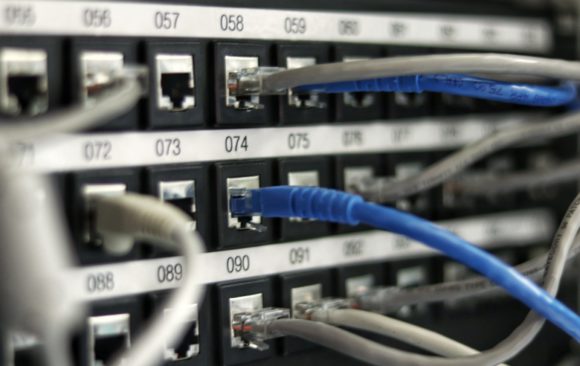
The demand for data centers continues to grow as our lives move online, but these centers take tremendous amounts of energy to run. According to the U.S. Department of Energy, data centers use approximately 10 to 50 times more energy than a typical commercial office building. Data centers (including those used for cryptocurrencies and artificial intelligence) are responsible for approximately 2 percent of global annual energy use, and the IEA projects that energy use could double by 2026.
But the forecast is far from inevitable. Data centers use high amounts of energy because certain structural components do not use energy efficiently: servers and cooling systems. As technology evolves, innovation could make these components cleaner and more energy-efficient.
Renewables Will Overtake Coal
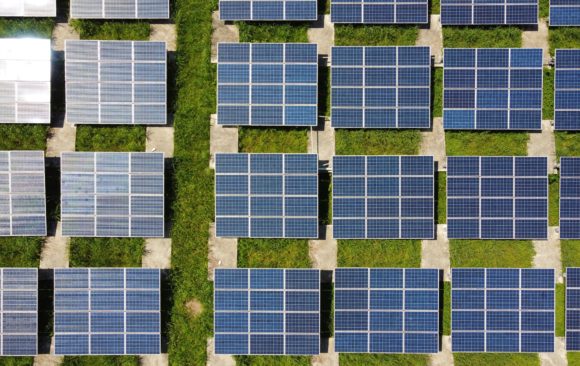
Renewables are expected to beat out coal in dominating the global energy market. “[L]ow-carbon sources—renewables and nuclear together—are expected to account for 46% of the world’s electricity generation by the end of 2026, rapidly approaching the halfway mark, up from 39% in 2023,” the IEA estimates. The agency projects that 2023 was a peak year for coal use and coal supply will decline 3 percent in 2024 with a 1% decline over the next two years.
>>>READ: Green Horizons: Three Climate Solutions Set to Flourish in 2024
While the report is certainly informative, it is still forecasts, not facts, about the future of energy. These predictions will be influenced by innovation, the market at work, regulation, and public policy. Only time will tell if the estimates in Electricity 2024 come true.
Kelvey Vander Hart is a native Iowan, a member of the American Conservation Coalition, and a communications specialist at Reason Foundation.
The views and opinions expressed are those of the author’s and do not necessarily reflect the official policy or position of C3.
